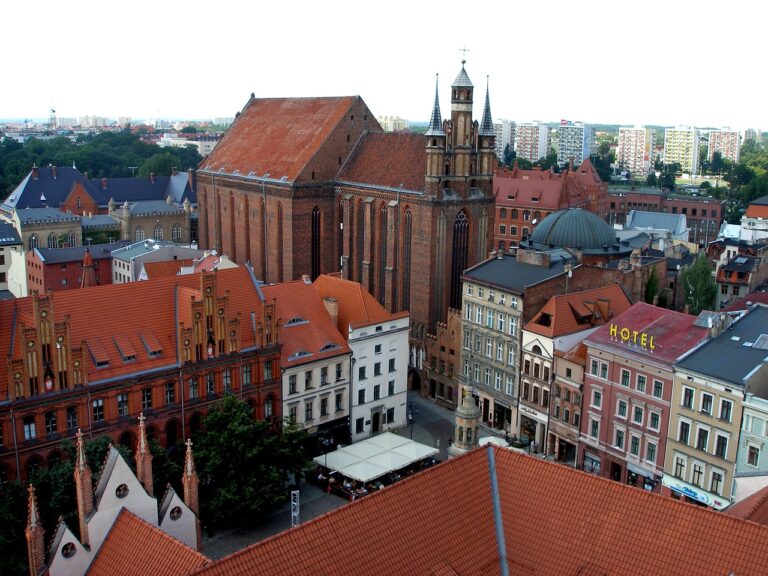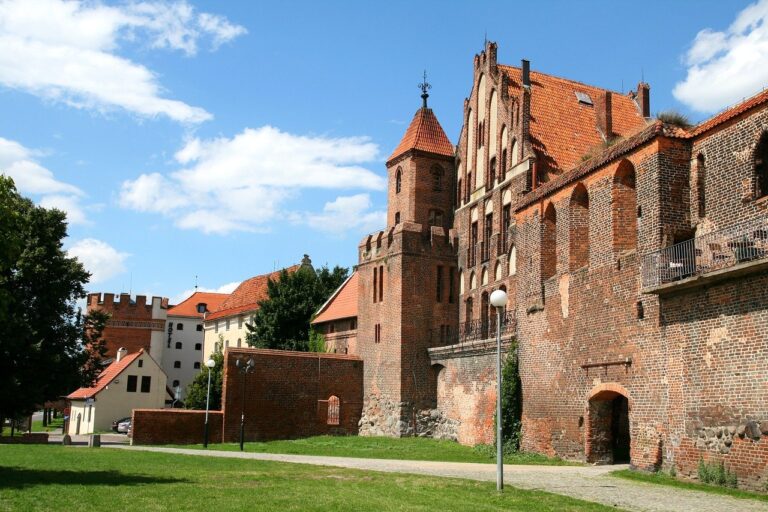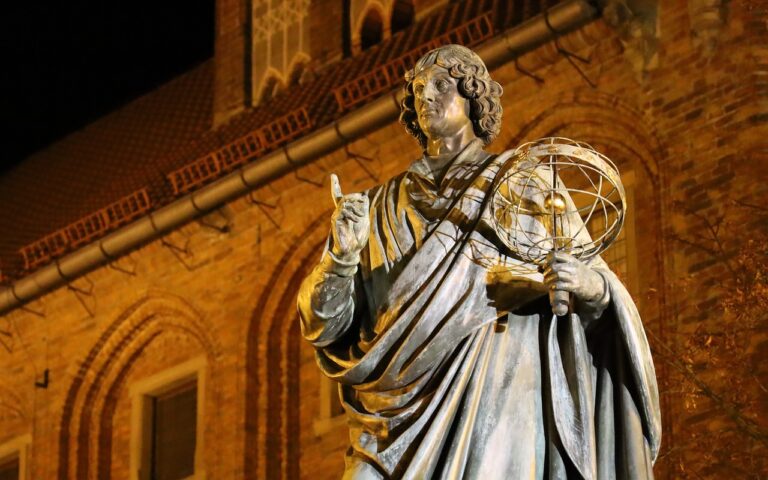Toruń
Toruń has over 300 magnificent monuments, many of which are part of the history of not only Polish but also European art. The city lies at the junction of two great geographical lands – the right-bank districts together with the old town belong to Pomerania, the left-bank Podgórze is Kujawy.
The development of the Chełmno land and Toruń is associated with the Teutonic Order, which founded its cities here and erected fortified castles. The oppression of the population caused that in 1454 an uprising broke out, which gave rise to the Thirteen Years’ War (1454-1466). After the conclusion of the 2nd peace of Toruń, these areas were incorporated into the borders of Poland. Toruń, which was one of the first cities founded by the Teutonic Knights, together with the nearby Chełmno received city rights in 1233. From the beginning, Polish and German influences mixed here, and two religions coexisted – often not without problems: Catholic and Protestant. All this had a great impact on the history and culture of the city.
In Toruń, it is worth seeing, among others, the Old Town Hall on the Old Town Square, the Cathedral of St. Johns, the Copernicus House, the Artus Court, the ruins of the Teutonic Castle or take part in a show at the Living Gingerbread Museum.



